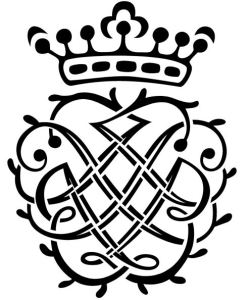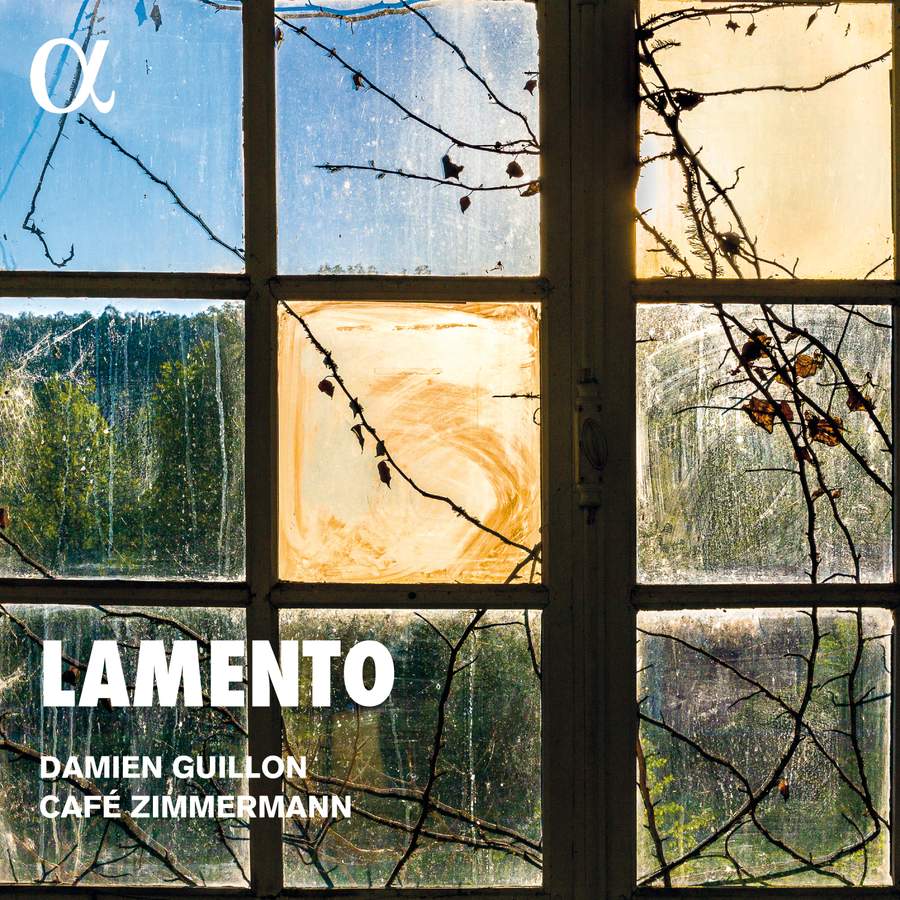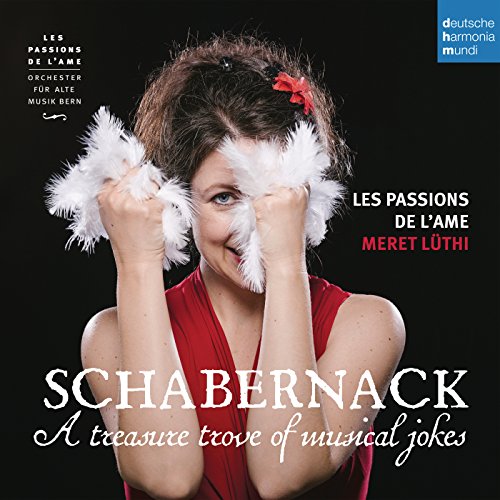La Notte
Concertos & Pastorales for Christmas Night
Bojan Čičić & The Illyria Consort
Delphian DCD34278. 65’52

Vivaldi Concerto RV 104 ‘La notte’;
Concerto for Strings RV 270a ‘Il riposo -per il santissimo Natalé
Biber Sonata ‘Pastrorella’
Pavel Joseph Vejvanoský Sonata Laetitiae
Johann Rauch Sonata No X ‘Pastorella’
Anon Sonate ‘Wie schön leuchtet die Morgenstern’;
Anon Sonate ‘Musikalisch Uhrwerk’;
Gottfried Finger Pastoralle
Johann Schmelzer Sonata a 3 ‘Pastorale’
This delightful recording from Bojan Čičić and his The Illyria Consort explores the musical Christmas traditions in 17th-century Catholic Europe, notably Italy and the Hapsburg domains of Austria, Moravia, and Bohemia. This was a period when ‘rustic’ effects were introduced into Christmas instrumental music, usually reflecting the shepherds watching their flocks in the fields at night. And night is where the recording starts, with Vivaldi’s multisectional La notte Concerto (RV 104) – not obviously a Christmas piece, but a nice start to the festivities.





 performance was that the trumpets were not only valveless, but also had no finger holes to assist in the tuning of notes. These finger holes (or ‘venting’ or ‘nodal’ holes) are in any case a relatively recent innovation, and may not have been used in early natural trumpets, at least not for the purpose to which they are now used; to make the tuning of the higher harmonic notes easier. Indeed, it seems that the original holes found in some instruments were actually place at the anti-node, rather than the node, and were therefore intended to silence the tricky notes altogether, rather than to try to bring them into tune.
performance was that the trumpets were not only valveless, but also had no finger holes to assist in the tuning of notes. These finger holes (or ‘venting’ or ‘nodal’ holes) are in any case a relatively recent innovation, and may not have been used in early natural trumpets, at least not for the purpose to which they are now used; to make the tuning of the higher harmonic notes easier. Indeed, it seems that the original holes found in some instruments were actually place at the anti-node, rather than the node, and were therefore intended to silence the tricky notes altogether, rather than to try to bring them into tune.